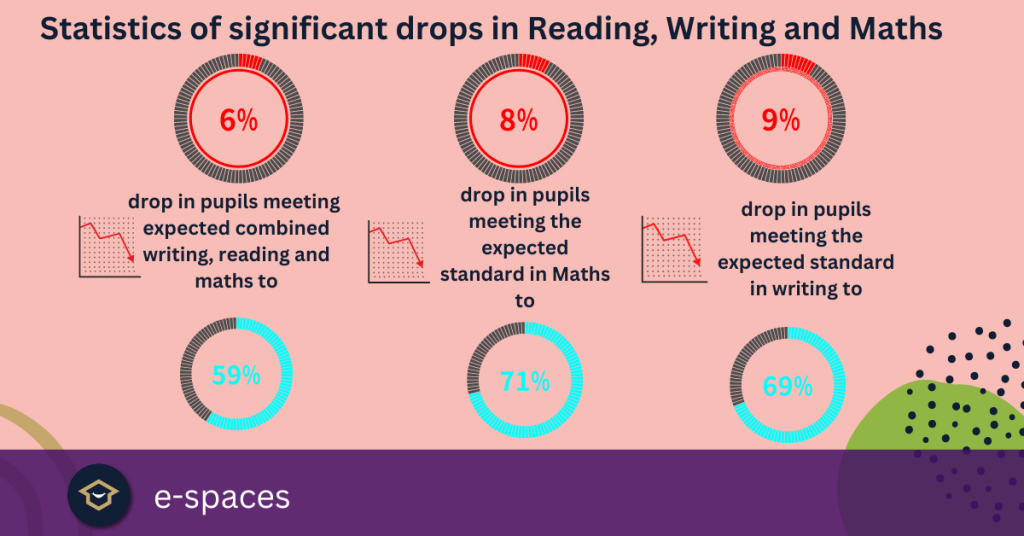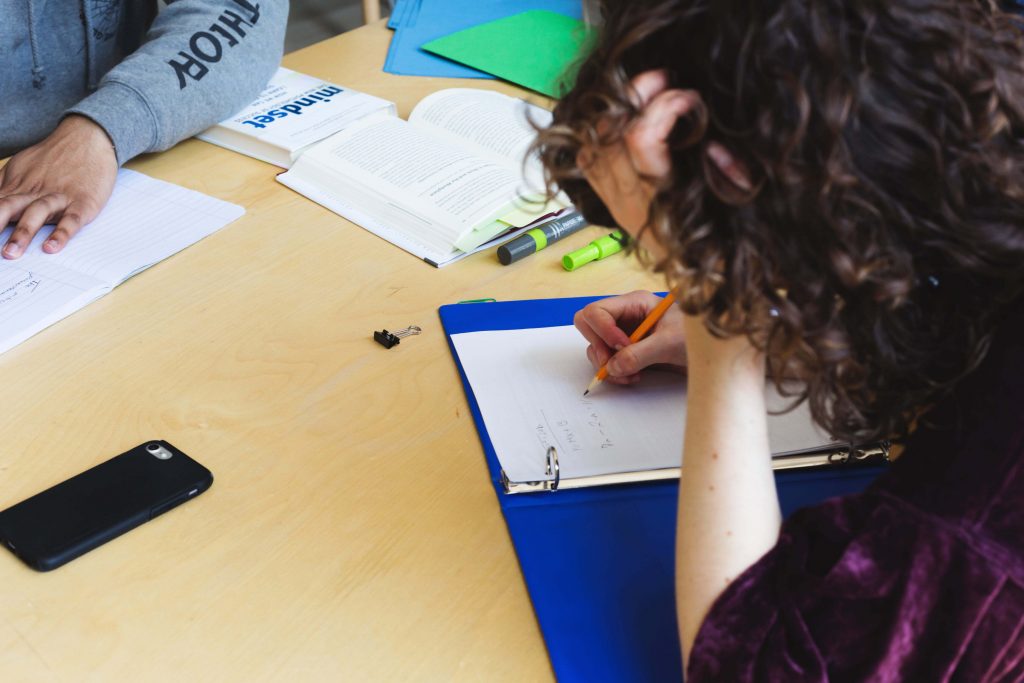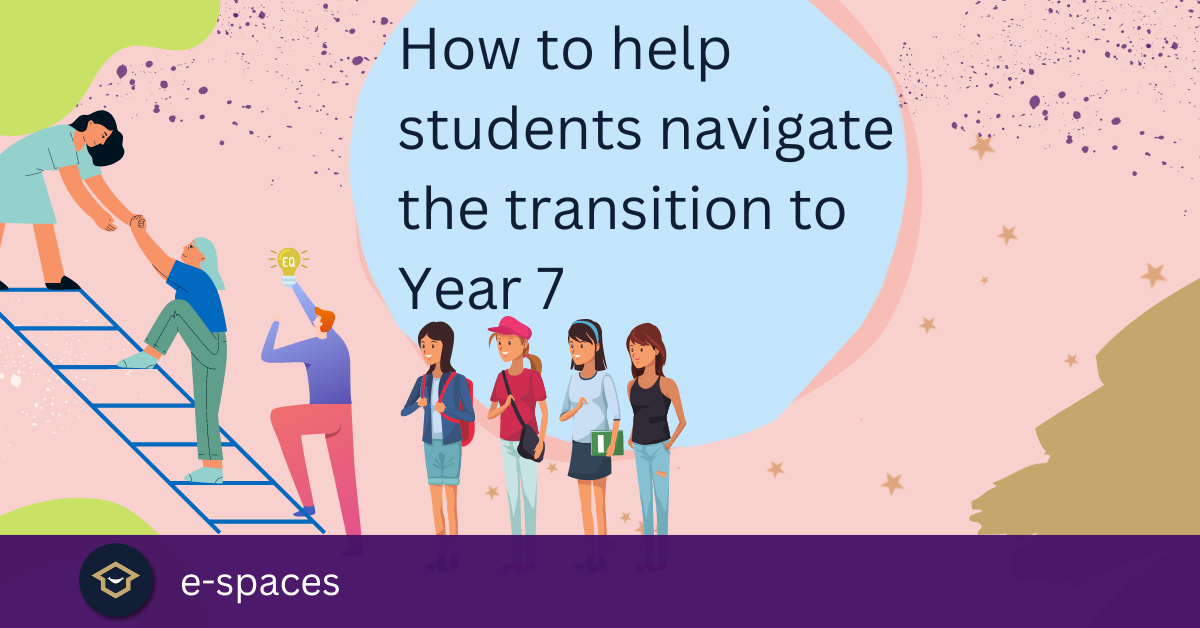The transition to Key Stage 3 is an even trickier prospect than usual – what can be done to help?
Starting secondary school is an anxious time of life for all children. It’s the first time they have had to transition from a place where solid friendships have been formed into a completely new environment with new routines. It’s easy for them to suddenly feel like small fish in a big pond.
A YouGov poll commissioned by GL assessments has found that the COVID-19 pandemic has caused concern among teachers for the new Year 7 students. 80% of just over 1000 teachers surveyed thought that pupils, who have by now started at their new school, were less socially and emotionally prepared for the change than previous new starters before the pandemic.
The statistics

Teachers’ concerns are not unfounded. The results from the Key Stage 2 assessments confirm that the pandemic was at least a leading cause of significant drops in many areas compared to 2019, including:
-
6% drop in pupils meeting expected combined reading, writing, and maths standards (59%), and a 4% drop in pupils reaching the higher standard (7%)
-
8% drop in pupils meeting the expected standard in Maths (71%)
-
9% drop in pupils meeting the expected standard in writing (69%)
The further problem is that the disadvantage gap index increased from 2.91 in 2019 to 3.21 in 2022, effectively wiping out the progress made over the previous decade to tackle attainment levels in poorer areas.

Writing skills were already a proven concern just a year into the pandemic. In 2020, No More Marking, an online assessment organization, worked with hundreds of schools to set a writing assessment for Year 7s. The results showed an average score of 533, which was a significant regression compared to when a smaller number of the same students took the test the previous year, and on par with a group of Year 5 students who also took the test in 2019.
What can be done to help students catch up?

It’s one thing for pupils to need to catch up on their development after a period of regression that they couldn’t do much about, but for them to have to do it in an unfamiliar environment that, even in average years, has the potential to negatively impact their progression has made it a tricky time for schools.
The good news is that many have already acted at the start of this year. According to the YouGov poll, 7 in 10 schools said they were implementing a program of measures to help address the gap, whether through emotional support, a broadening of the curriculum, or additional classes before and after school.
However, the key to success may be finding ways to keep the initial momentum. Having a way to assess students regularly will be crucial to encouraging progress. Imagine having a tool that allows you to create simple tests to check their understanding and development in the area they are taught.

In-lesson assessment tools allow both the teacher and the student to keep track of how well they are adapting to a Key Stage 3 level of work and help both of them to be able to react more quickly to struggles that the student may be facing.
E-spaces is committed to helping teachers and students at all levels work together to ensure every pupil has the best chance of success at school. Our tool gives time back to the teacher by helping to automate tasks that take up so much of their time, freeing them up to help more students individually. Our beta version is nearly ready – fill out our contact us form to find out how your school can be one of the few to trial it.










